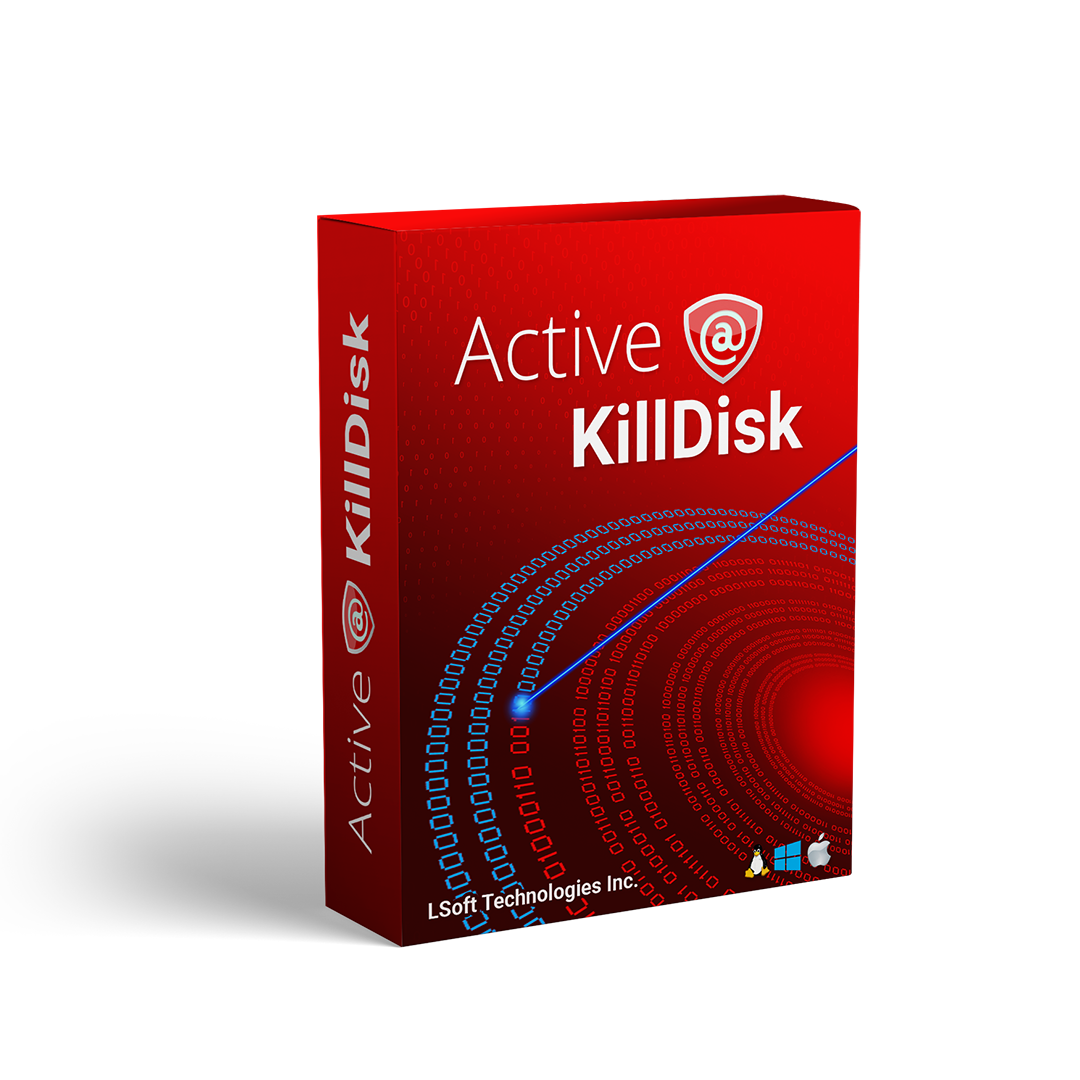Active@ KillDisk: A Comprehensive Data Destruction Solution with 20 Sanitizing Standards
Introduction
In our digital age, data security has become paramount, and understanding the subtle differences between similar-sounding processes is crucial. Two such terms that often cause confusion are “erasing data” and “wiping data.” Although they may sound interchangeable, they have distinct meanings, applications, and implications. Let’s delve into what these terms mean, trace their history, and explore how tools like Active@ KillDisk employ these processes to ensure data security.
Erasing Data: The Basics

Erasing data refers to the process of removing or making data unreadable from a storage device using software. This technique relies on overwriting existing data with random characters, rendering the data unreadable and effectively "erased." The depth of erasure varies, with some methods only erasing file table information, while more secure methods involve multiple passes, each overwriting the data with random data.
The concept of erasing data can be traced back to the early days of magnetic tape data storage. With the increasing importance of data security, erasing data became a standard practice in data centers and businesses to protect sensitive information before disposing of storage media.
Wiping Data: A More Comprehensive Approach

Wiping data is a more comprehensive form of data destruction. Data wipe is a data sanitation technique that erases unoccupied space in all areas of the disk such as free clusters and unallocated space.
This process ensures that the data previously stored on the disk prior to formatting will get securely deleted without any chance of recovery.
Active@ KillDisk: A Powerful Solution
Active@ KillDisk is a versatile data erasure and wiping tool developed by LSoft Technologies. It is designed to securely erase and wipe data from various storage media, including hard drives, SSDs, and NVMes. Active@ KillDisk supports over 20 different sanitizing standards, each providing a different level of security.
Let's explore some of the sanitizing standards supported by Active@ KillDisk:
- DoD 5220.22-M: This standard involves three passes, each with a different pattern, to erase data.
- Gutmann Method: This method consists of 35 passes, making it one of the most secure data destruction methods.
- Schneier Algorithm: Named after Bruce Schneier, this method uses a single pass with 7 different patterns.
- US Department of Energy: This standard, also known as NIST 800-88, specifies the use of 3 passes with different patterns for data destruction.
- HMG Infosec Standard: This standard is used by the UK Home Office and involves 7 passes with different patterns.
Using Active@ KillDisk, you can choose the sanitizing standard that best suits your data security requirements and erase or wipe data with ease.
Conclusion
In conclusion, erasing and wiping data are essential data security techniques that serve different purposes. Erasing data involves overwriting existing data with random characters while wiping data involves overwriting unused space in all of the areas of the disk. The need for these techniques has become increasingly important with the adoption of digital storage media. Active@ KillDisk is a powerful tool that supports over 20 sanitizing standards, allowing users to securely erase or wipe data from various storage media with confidence.
Product used in the article:

